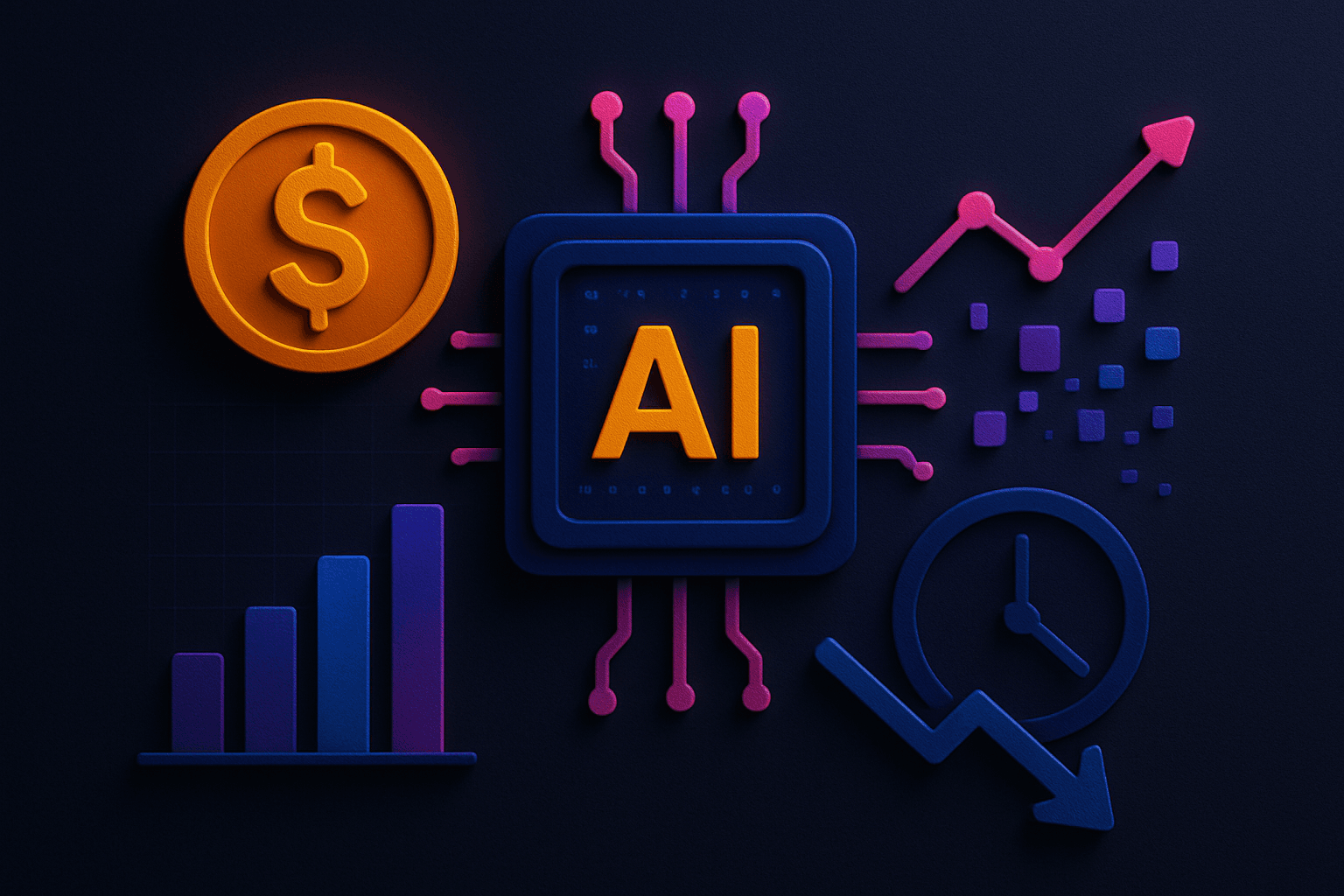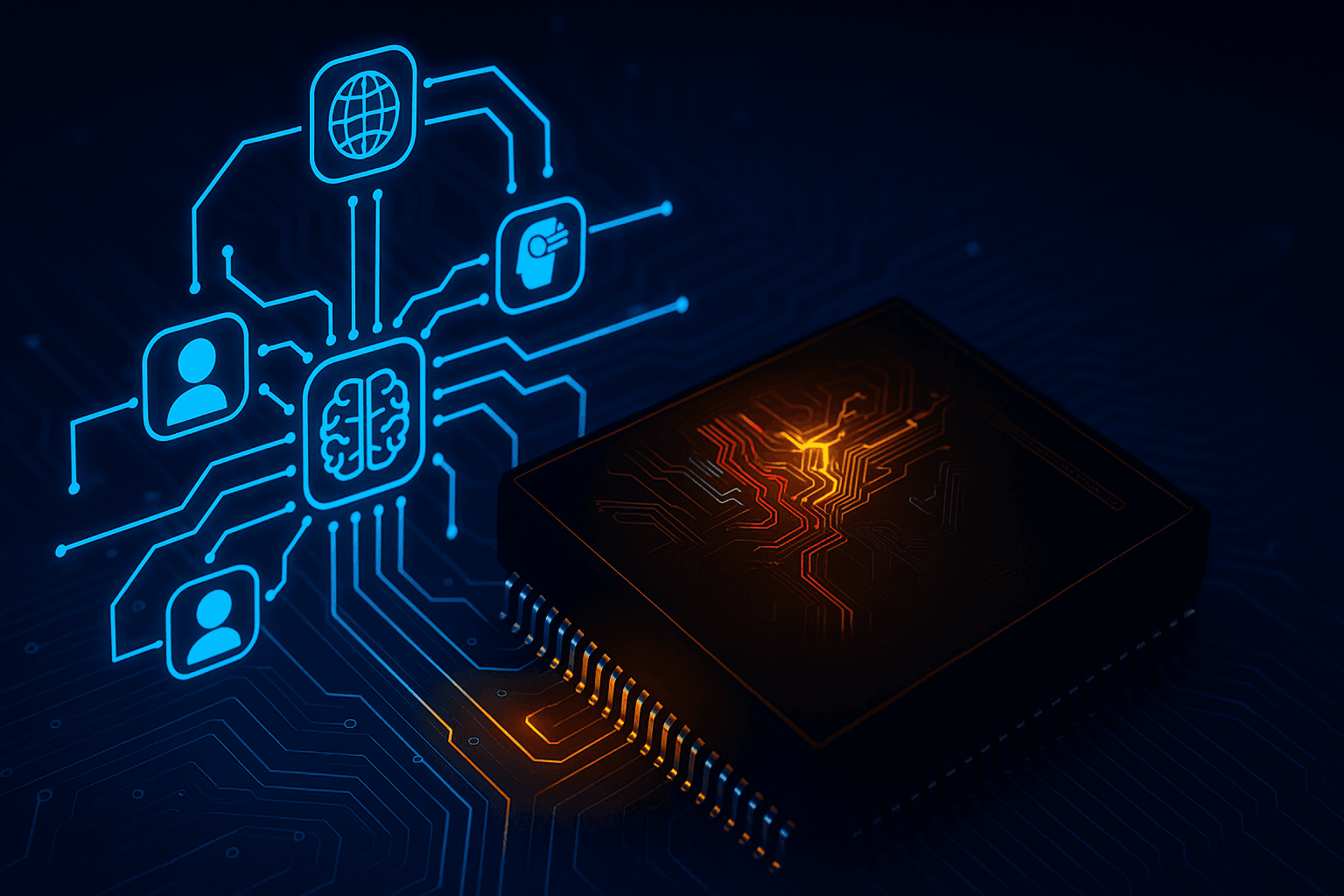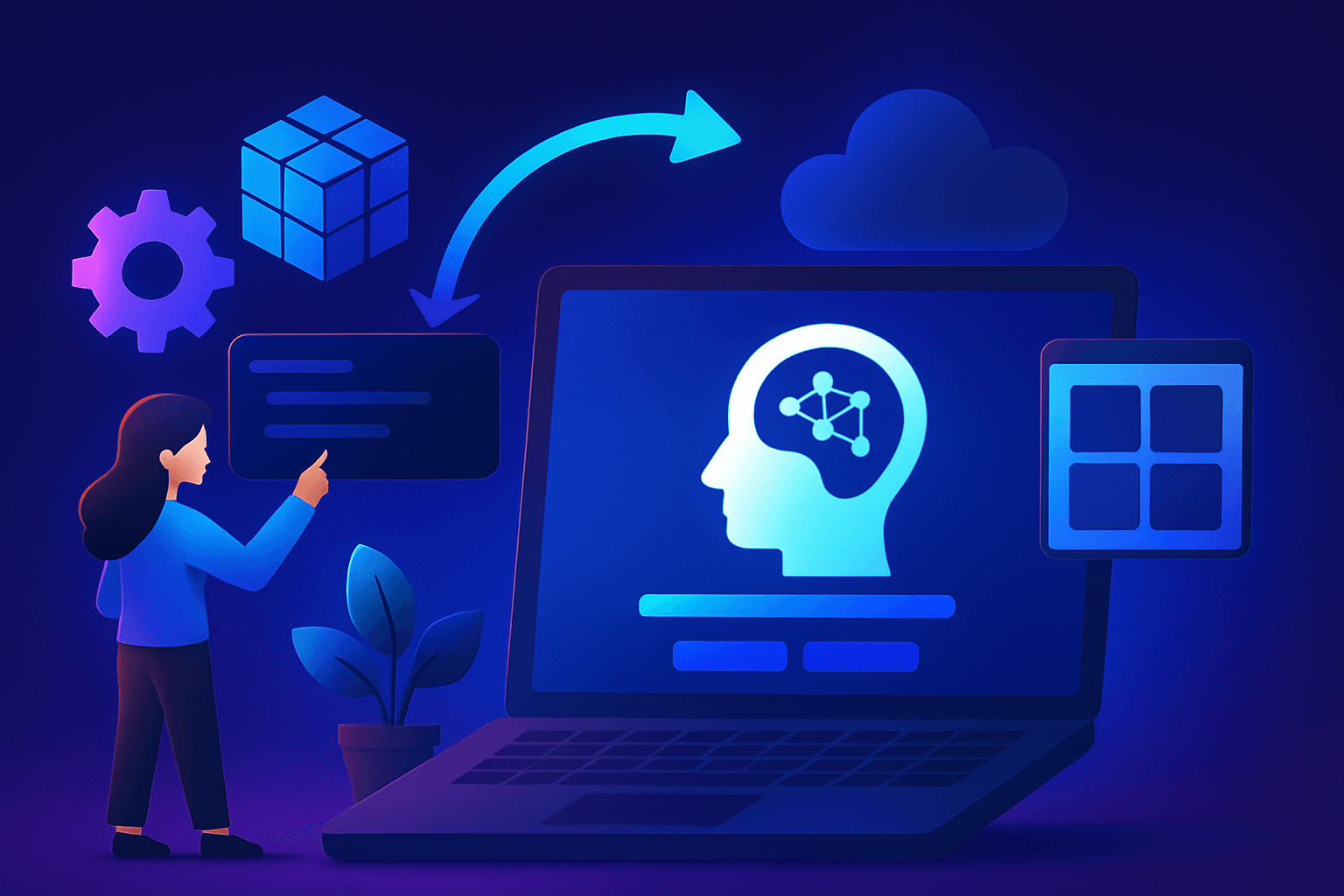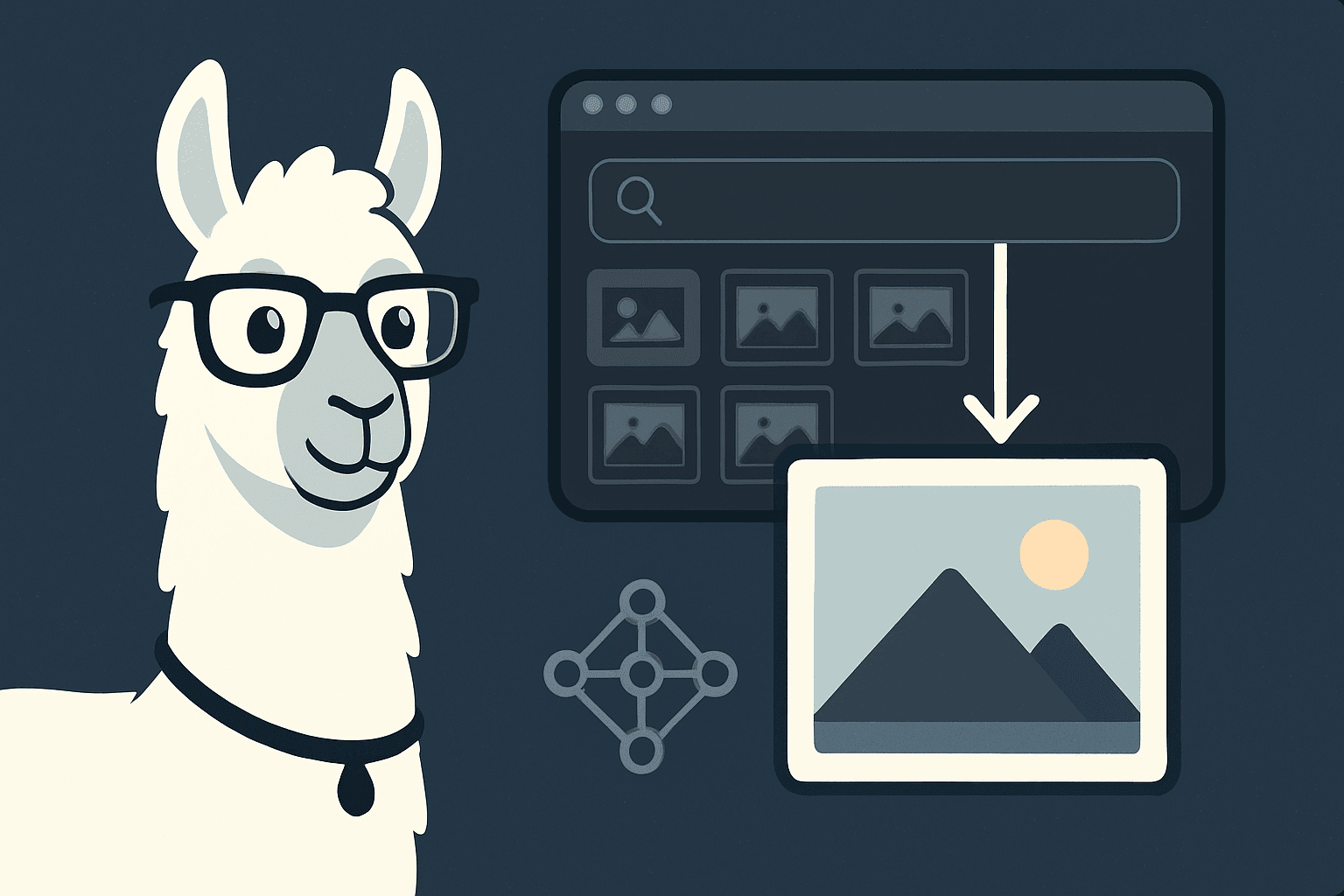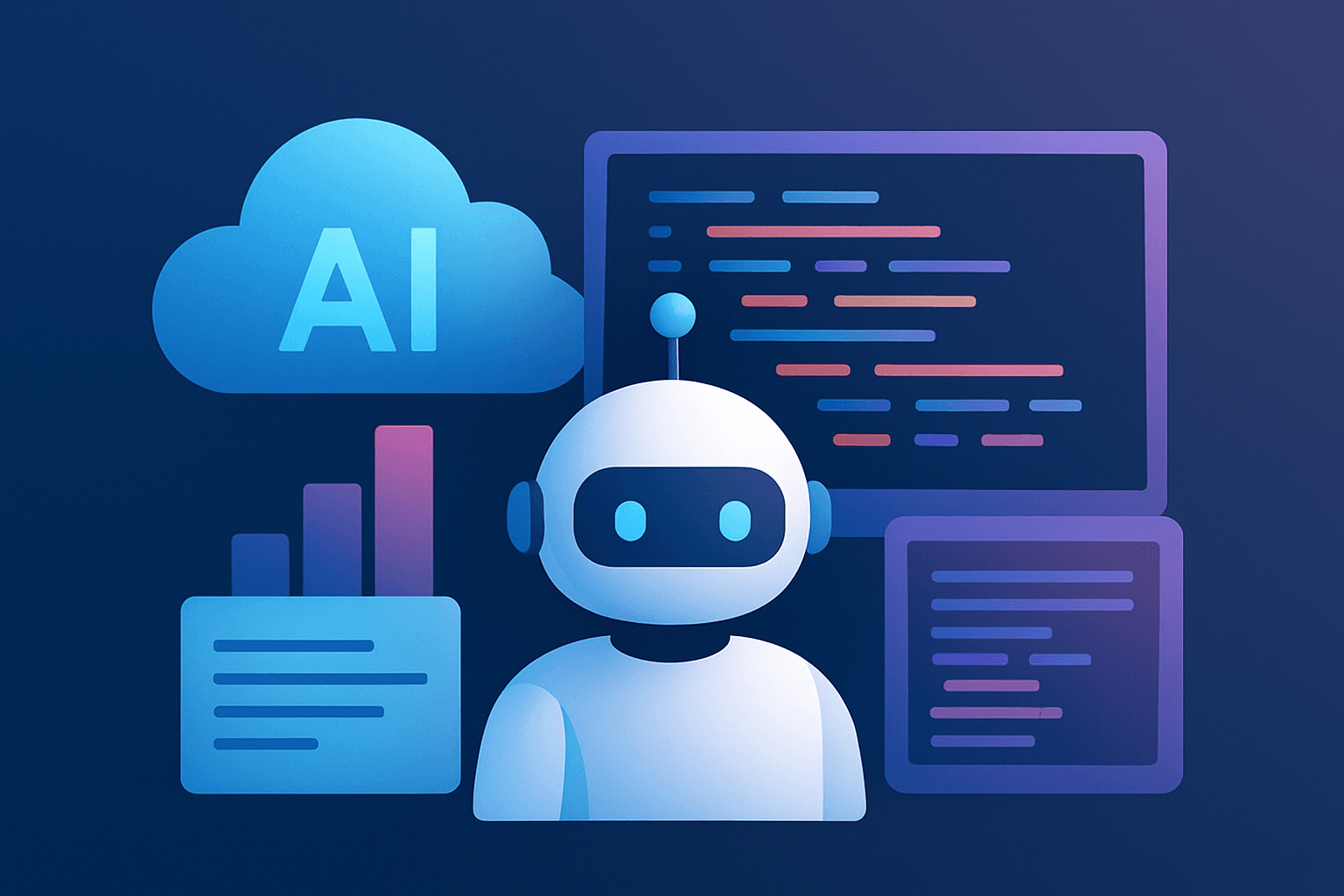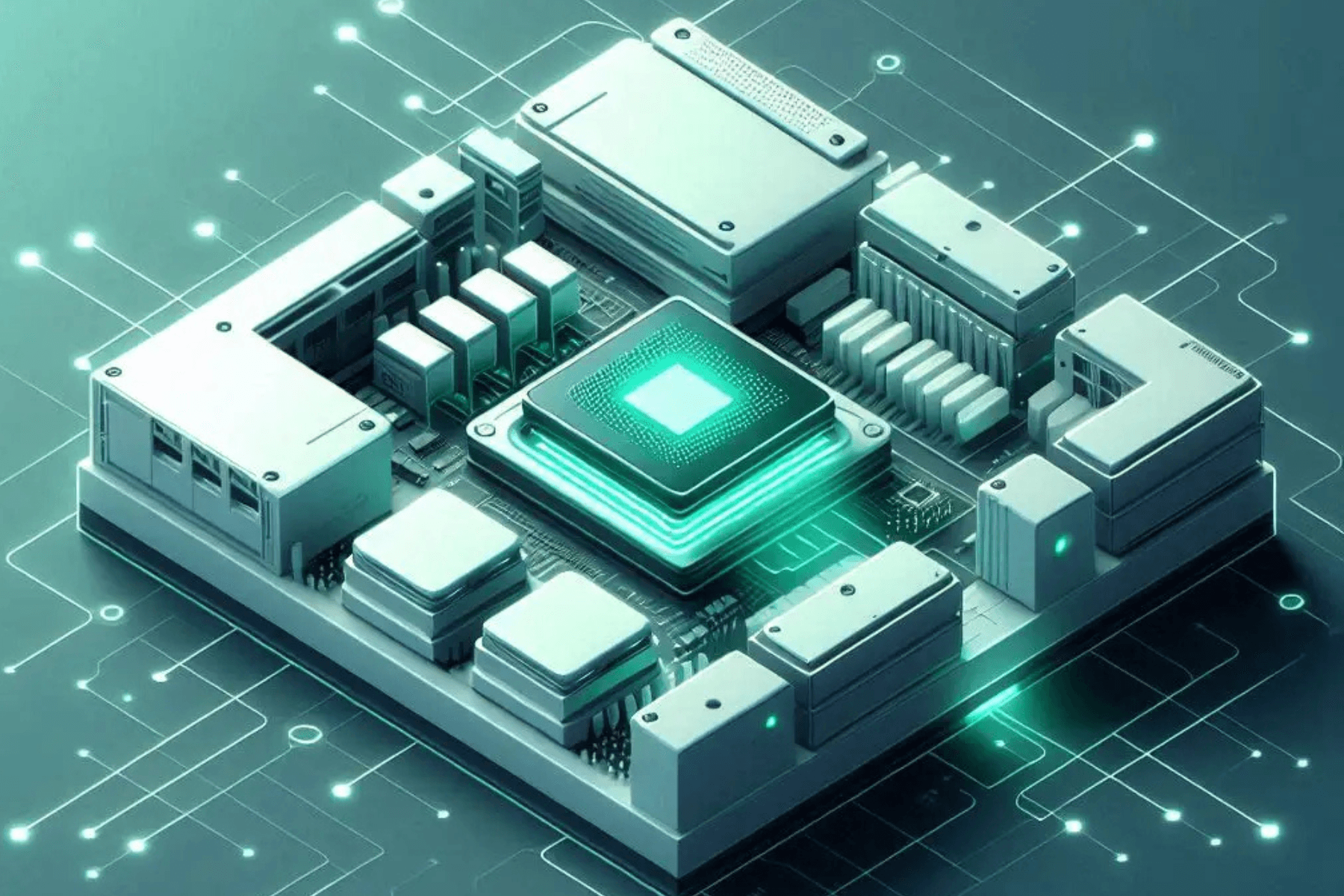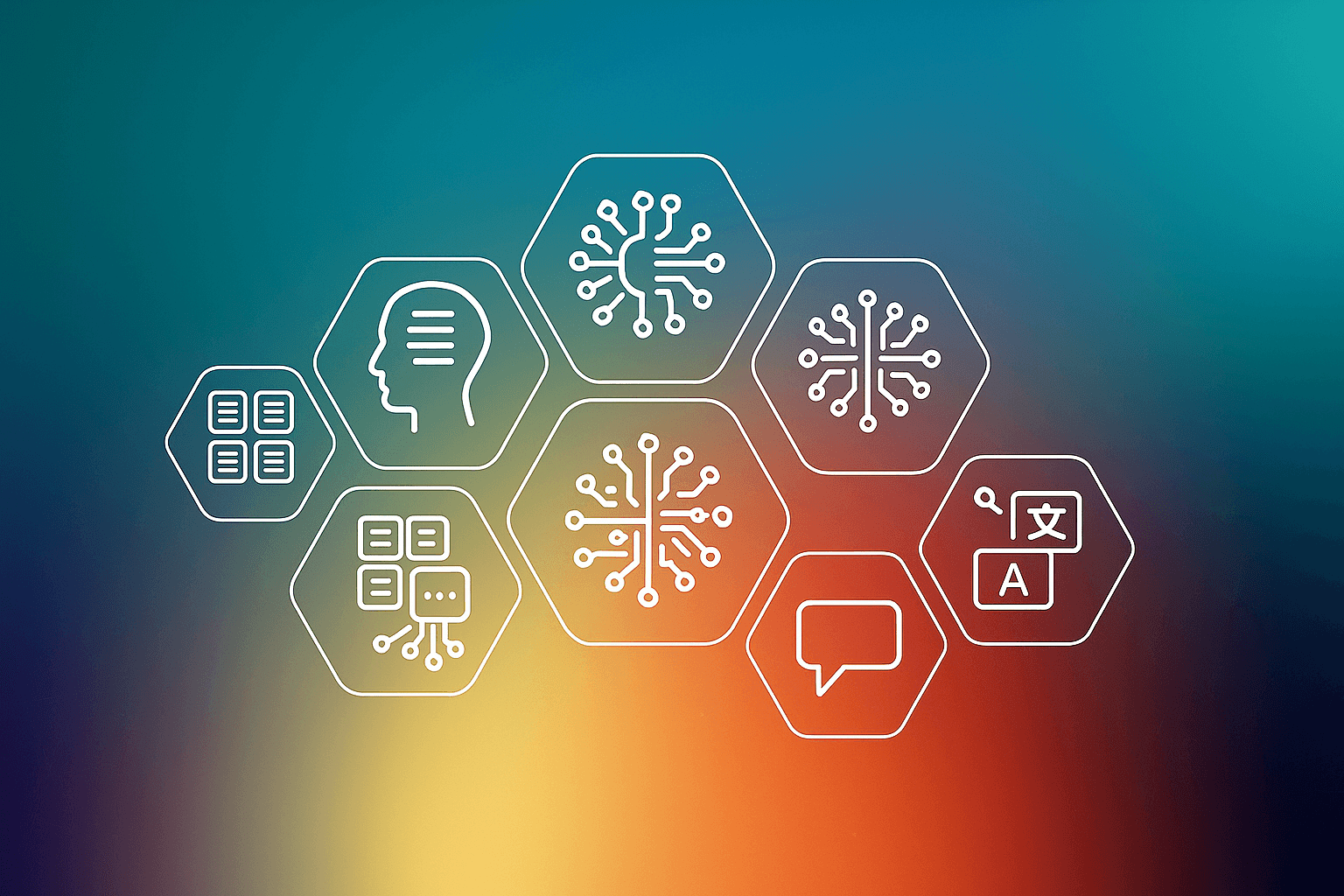When learning something new about anything, such as music, one strategy may be to seek relevant groupings or collections. You may organize your music by genre, but your friend may organize it by the singer. The way you combine items allows you to learn more about them as distinct pieces of music, somewhat similar to what clustering algorithms do.
Let’s discuss a detailed brief on Clustering algorithms, their applications, and how GPUs can be used to accelerate the potential of clustering models.
Table of content-
- What is Clustering?
- How to do Clustering?
- Methods of Clustering.
- DNN in Clustering.
- Accelerating analysis with clustering and GPU.
- Applications of Clustering.
- Conclusion.
What is Clustering?
In machine learning, we typically group instances as a first step in interpreting a data set in a machine learning system. The technique of grouping unlabeled occurrences is known as clustering. Clustering is based on unsupervised machine learning since the samples are unlabeled. When the instances are tagged, clustering transforms into classification.
Clustering divides a set of data points or populations into groups so that data points in the same group are more similar to one another and dissimilar from data points in other groups. It is simply a collection of elements classified according to their similarity and dissimilarity.
How to do Clustering?
Clustering is critical because it determines the intrinsic grouping of the unlabeled data provided. There are no requirements for good clustering. It is up to the user to decide which criteria will be used to satisfy their demands. For example, we might be interested in locating representatives for homogenous groups (data reduction), locating "natural clusters" and defining their unknown qualities ("natural" data types), locating useful and appropriate groupings ("useful" data classes), or locating odd data items (outlier detection). This method must make assumptions about point resemblance, and each assumption results in a unique but equally acceptable cluster.
Methods of Clustering:
- Density-Based Approaches: These methods assume clusters to be the dense region of the space, with some similarities and differences to the lower dense region. These algorithms have high accuracy and can combine two clusters. DBSCAN (Density-Based Spatial Clustering of Applications with Noise), OPTICS (Ordering Points to Identify Clustering Structure), and other algorithms are examples.
- Methods Based on Hierarchy: The clusters created in this approach form a tree-like structure based on the hierarchy. The previously established cluster is used to generate new clusters. It is classified into two types. aggregative (bottom-up approach) dividing (top-down approach)
- Partitioning Methods: These methods divide the items into “k” clusters, with each split becoming a separate cluster. This approach is used to optimize an objective criterion similarity function, such as K-means, CLARANS (Clustering Large Applications Based on Randomized Search), and so on.
- Grid-based Methods: The data space is divided into a finite number of cells that create a grid-like structure in this approach. STING (Statistical Information Grid), wave cluster, CLIQUE (Clustering In Quest), and other clustering processes performed on these grids are rapid and independent of the number of data items.
DNN in clustering-
In Deep Learning, DNNs serve as mappings to better representations for clustering. The properties of these representations might be drawn from different layers of the network, or even from many. This choice may be divided into two categories:
- One layer: Refers to the general scenario in which just the output of the network's last layer is used. This method makes use of the representation's low dimensionality.
- Several layers: This representation is a composite of the outputs of several layers. As a result, the representation is more detailed and allows for embedded space to convey more sophisticated semantic representations, potentially improving the separation process and aiding in the computation of similarity.
Accelerating analysis with clustering and GPU-
Clustering is essential in a wide range of applications and analyses, but it is now facing a computational problem as data volumes continue to grow. One of the most promising options for tackling the computational barrier is parallel computing using GPUs. Because of their huge parallelism and memory access-bandwidth benefits, GPUs are an excellent approach to speed data-intensive analytics, particularly graph analytics. The massively parallel architecture of a GPU, which consists of thousands of tiny cores built to handle numerous tasks concurrently, is ideally suited for the computing job. This may be used for groups of vertices or edges in a big graph.
In an analysis using data, clustering is a task with high parallelism that can be expedited using GPUs. In the future, GPUs will include spectral and hierarchical clustering/partitioning approaches based on the minimal balanced cut metric.
Applications of Clustering-
The clustering approach may be applied to a wide range of areas. The following are some of the most popular applications of this technique:
- Segmentation of the Market: Cluster analysis, in the context of market segmentation, is the application of a mathematical model to uncover groups of similar consumers based on the smallest variances among customers within each group. In market segmentation, the purpose of cluster analysis is to precisely categorize customers in order to create more successful customer marketing through personalization.
- Recommendation engine: Clustering may be used to solve a number of well-known difficulties in recommendation systems, such as boosting the variety, consistency, and reliability of suggestions; the data sparsity of user-preference matrices; and changes in user preferences over time.
- Analysis of social networks: Clustering in social network analysis is not the same as traditional clustering. It necessitates classifying items based on their relationships as well as their properties. Traditional clustering algorithms group items only on their similarity and cannot be used for social network research. A social network clustering analysis technique, unlike typical clustering algorithms, can classify items in a social network based on their linkages and detect relationships between classes.
- Segmentation of images: Segmentation of images using clustering algorithms is a method for doing pixel-wise image segmentation. The clustering algorithm here aims to cluster the pixels that are close together in this form of segmentation. There are two ways to conduct segmentation via clustering - Merging Clustering and Divisive Clustering
- Detecting Anomaly: Clustering may be used to train the normalcy model by grouping comparable data points together into clusters using a distance function. Clustering is appropriate for anomaly detection since no knowledge of the attack classes is required during training. Outliers in a dataset can be found using clustering and related approaches.
Conclusion-
Clustering is an excellent method for learning new things from old data. Sometimes the resultant clusters will surprise you, and it may help you make sense of an issue. One of the most interesting aspects of employing clustering for unsupervised learning is that the findings may be used in a supervised learning issue.
Clusters might be the new features that you employ on a different data set! Clustering may be used on almost every unsupervised machine learning issue, but make sure you understand how to examine the results for accuracy.
Clustering is also simple to apply; however, several essential considerations must be made, such as dealing with outliers in your data and ensuring that each cluster has a sufficient population.
